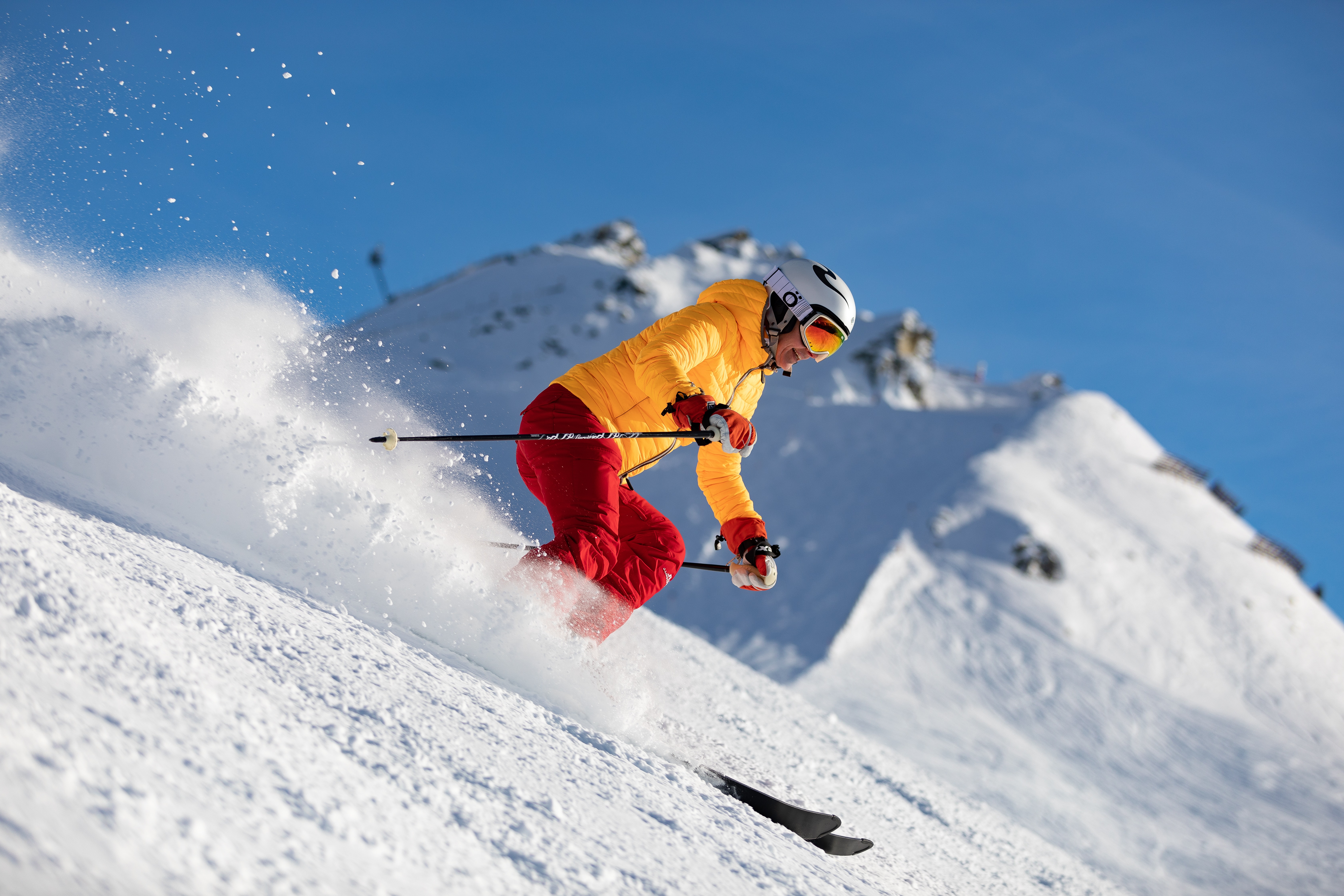Skiing is a thrilling and exhilarating winter sport that has captivated the hearts of millions of people around the world. Whether you’re a seasoned pro or a beginner, skiing offers endless opportunities for fun, adventure, and challenge. In this article, we will take a closer look at the world of skiing, from its history and evolution to the techniques and equipment that make it possible.
History and Evolution of Skiing
Skiing has a rich and fascinating history that dates back thousands of years. The earliest evidence of sliding can be traced back to ancient China, where wooden skis were used for transportation and hunting. However, it was in Scandinavia that sliding truly took hold as a popular sport and pastime. The word “ski” actually comes from the Old Norse word “skíð,” which means “stick of wood.”
Over time, skiing evolved from a practical means of transportation to a recreational activity. In the early 20th century, sliding began to gain popularity in Europe and North America as a competitive sport, with the first ski races being held in Norway in the 1860s. Today, skiiing is a global phenomenon, with millions of people hitting the slopes every year.
Types of Skiing
There are many different types of skiing, each with its own unique characteristics and challenges. Some of the most popular types of skiing include:
Alpine Skiing: This is the most common type of skiing, and it involves skiing downhill on groomed slopes. Alpine sliding can be done at resorts or backcountry areas, and it ranges from beginner to expert level.
Cross-Country Skiing: This type of skiing involves skiing on flat or gently rolling terrain, with a focus on endurance and technique. Cross-country sliding can be done on groomed trails or in the backcountry, and it can be a great way to get a workout while enjoying the winter scenery.
Freestyle Skiing: This is a type of skiing that involves performing tricks and jumps on groomed or ungroomed terrain. Freestyle sliding can be done in a variety of styles, including mogul sliding, aerial sliding, and slopestyle skiing.
Telemark Skiing: This is a type of skiing that combines elements of alpine and cross-country sliding. Telemark sliding involves skiing downhill on one ski, with the other ski in a Nordic-style binding. This type of skiing can be a great way to challenge your skills and try something new.
Skiing Techniques and Equipment
Skiing requires a combination of technique and equipment in order to be successful. Here are some of the most important techniques and equipment for sliding:

Skiing Techniques
- Balance: Maintaining your balance is key to successful skiing. You should always keep your weight centered over your skis, and use your legs to absorb bumps and changes in terrain.
- Turning: Turning is an essential skill for sliding, as it allows you to control your speed and direction. To turn, you should shift your weight to the side of the ski you want to turn towards, and use your edges to grip the snow and guide your turn.
- Braking: Braking is important for slowing down and stopping on the slopes. To brake, you should lean back slightly and use your edges to create friction with the snow.
Skiing Equipment:
- Skis: Skis are the most important piece of equipment for skiing. They come in a variety of lengths and widths, and different types of skis are designed for different types of skiing. Beginner skis are typically shorter and wider, while expert skis are longer and narrower.
- Boots: Ski boots are essential for providing support and control while sliding. They should fit snugly but not be too tight, and they should be comfortable for long periods of use.
- Bindings: Ski bindings are an essential component of sliding equipment, as they connect your boots to your skis. They should be adjusted to your specific weight, height, and sliding ability, and should be properly maintained to ensure safety and performance. Other sliding equipment includes ski poles, which are used for balance and propulsion, and ski goggles, which protect your eyes from the sun, wind, and snow. It’s also important to dress in layers while sliding, as you’ll be exposed to cold temperatures and changing weather conditions.
- While sliding can be a thrilling and fun activity, it’s important to take safety precautions to prevent accidents and injuries. Here are some tips for staying safe while sliding:
- Wear a helmet: Helmets can reduce the risk of head injuries while sliding, so it’s important to wear one at all times.
- Stay within your ability level: Don’t attempt runs or terrain that are beyond your skill level, as this can increase the risk of accidents and injuries.
- Follow the rules of the mountain: Ski resorts have specific rules and regulations for sliding, such as staying in designated areas and obeying signage. Follow these rules to stay safe and avoid conflicts with other skiers.
- Be aware of your surroundings: Keep an eye out for other skiers, as well as obstacles such as trees and rocks. Always ski in control and be prepared to react to changing conditions.
- Know how to call for help: In the event of an accident or injury, it’s important to know how to call for help. Carry a charged cell phone and know the emergency phone number for the ski resort or local authorities.
Safety Precautions for Skiing
While skiing can be a thrilling and fun activity, it’s important to take safety precautions to prevent accidents and injuries. Here are some tips for staying safe while skiing:

- Wear a helmet: Helmets can reduce the risk of head injuries while skating on snow, so it’s important to wear one at all times.
- Stay within your ability level: Don’t attempt runs or terrain that are beyond your skill level, as this can increase the risk of accidents and injuries.
- Follow the rules of the mountain: Ski resorts have specific rules and regulations for this sport, such as staying in designated areas and obeying signage. Follow these rules to stay safe and avoid conflicts with other skiers.
- Be aware of your surroundings: Keep an eye out for other skiers, as well as obstacles such as trees and rocks. Always ski in control and be prepared to react to changing conditions.
- Know how to call for help: In the event of an accident or injury, it’s important to know how to call for help. Carry a charged cell phone and know the emergency phone number for the ski resort or local authorities.
Conclusion
Skiing is a thrilling and exciting winter sport that has something to offer for everyone. Whether you’re a beginner or an expert, there are countless opportunities to challenge yourself and enjoy the winter scenery. By following safety precautions and honing your skills, you can make the most of your sliding experience and create memories that will last a lifetime.
If you enjoyed this read, check out our other posts.














What do you think?
Show comments / Leave a comment